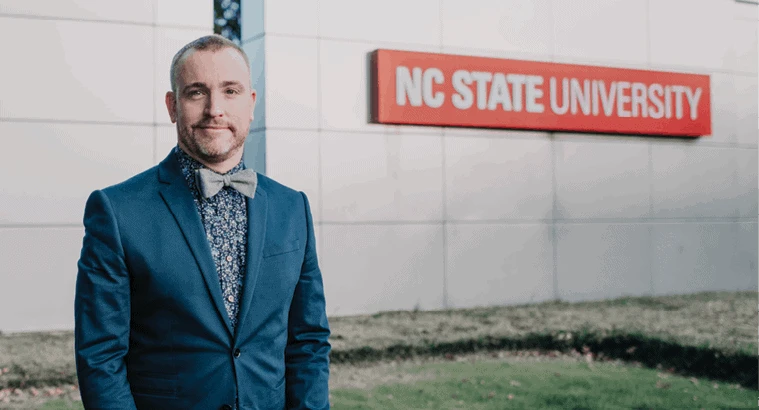

Greenhouse Management: How has the coronavirus pandemic affected your day-to-day workflow and projects as a researcher?
Brian E. Jackson: I suppose the biggest impact is the inability to access campus and my labs and greenhouses. I know it’s different at different universities, but here at N.C. State, I was told to shut my research program down, as we all were, unless it’s critically mandatory. What I do in the substrate world doesn’t fall under that umbrella, and frankly, most research does not fall within that critical mandatory umbrella. That’s typically reserved for living organisms — animals, genetic lines of plants that if not kept alive, then 20 years of research will be lost. The flip side is that this has given me the opportunity to devote a lot of time to writing and doing some of the other output-related tasks that typically fall behind.
GM: It varies by state, but how could a shutdown like this affect horticulture-focused research?
BJ: Thinking holistically across horticulture, there are some projects that I can’t imagine not being affected [in terms of] the outflow of information. I do not know how R&D [research & development] on the private industry side has slowed or hasn’t slowed, but that’s usually more internal anyway, and not made public for the general knowledge of all growers. From the projects in the substrate lab, I don’t know that there won’t be a delay in what we had going, but I don’t think there will be a significant setback to the industry, so to speak. How that relates to chemical trials or variety trials, etc., is a different story. I think the impact will vary depending on the issue, quite frankly. ... With my program, we do a lot of work with industry, so I currently had about six projects from various companies that come to me for quality control, to test new formulations of growing media and whatnot. Industry trials were a big part of what I either truncate and end quickly, or delay until I can get back on campus. I have three graduate students, so all of their research projects were either cut short or delayed.
GM: You are known for your bow ties. What is the origin story of you wearing them?
BJ: In 2006, I attended a meeting in New Orleans when I was a graduate student. In the French Quarter, I was out one evening and all of these local artists were set up and there was a guy who had wooden bow ties made from Hurricane Katrina debris. It was a piece of wood shaped into a bow tie and I bought three of them. I still have them. And those were the first bow ties I ever purchased. I loved the story; I thought it was neat and from then on, I learned how to tie regular bow ties and I’ve never worn a necktie since.

Explore the June 2020 Issue
Check out more from this issue and find your next story to read.
Latest from Greenhouse Management
- North Carolina Nursery & Landscape Association announces new executive vice president
- Plant Development Services, Inc. unveils plant varieties debuting in 2025
- Promo kit available to celebrate first National Wave Day on May 3
- Applications now open for American Floral Endowment graduate scholarships
- Endless Summer Hydrangeas celebrates 20 years with community plantings
- Invest in silver
- Garden Center magazine announces dates for 2025 Garden Center Conference & Expo
- USDA launches $2 billion in aid for floriculture growers





